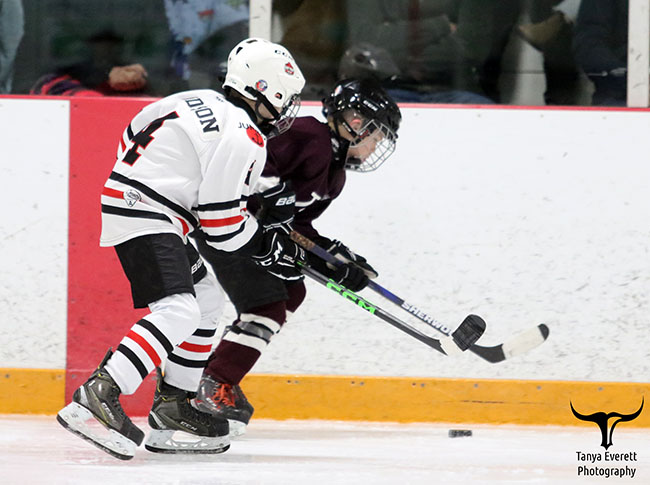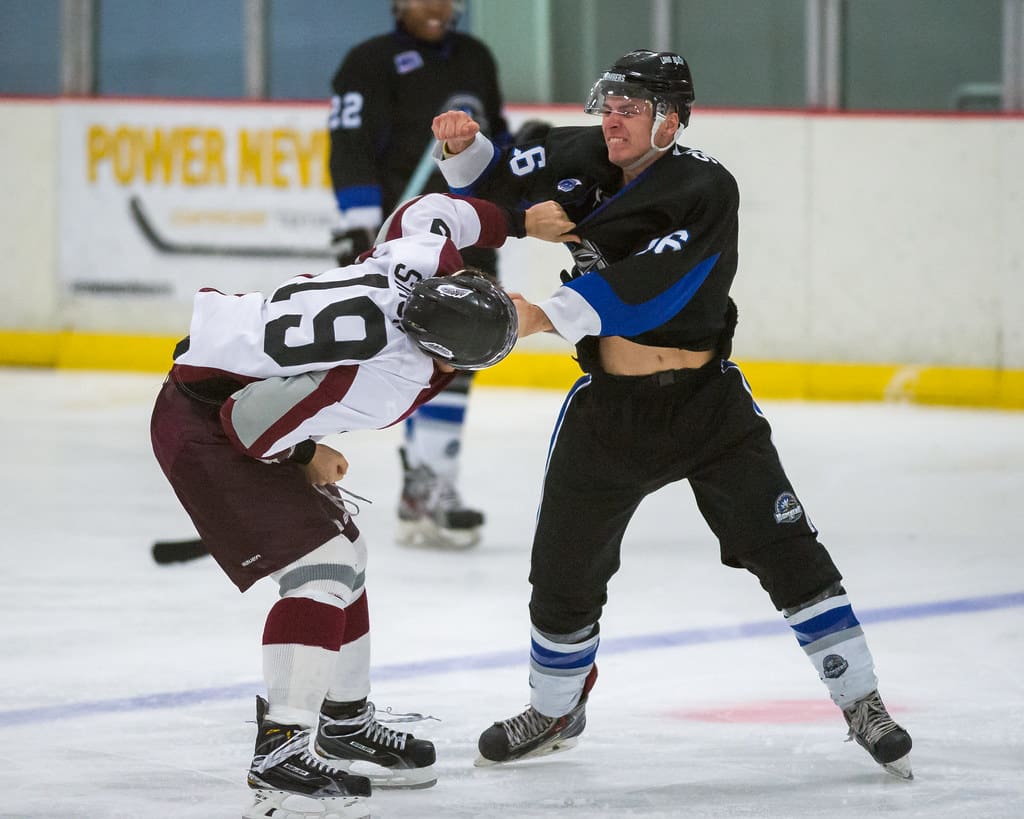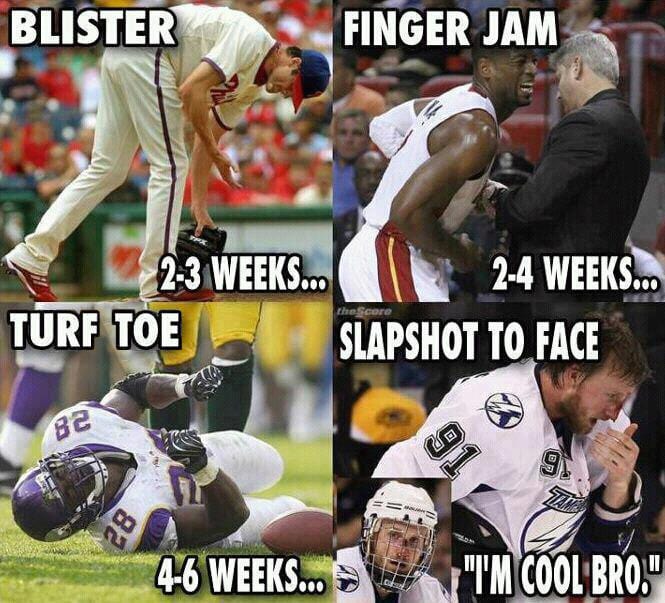How Sharp Are Hockey Skates – Understanding the Importance of Skating Edges in Hockey
Introduction
Hockey skating is a crucial aspect of the game and is just as important as the player’s skill. It’s essential to keep your skates sharp for maximum performance on the ice. In this section, we’ll explore why sharpening hockey skates is vital for every hockey player.
A brief overview of skate sharpening
skate sharpening is the process of reshaping and sharpening the metal blade of a skate. This process is essential for hockey players as it ensures that the skates have the precise edges that they need to perform maneuvers on the ice. The skate sharpening process is usually done using a sharpening machine which grinds the blade and shapes the edges.

importance of sharp edges in hockey
sharp edges on skates enhance performance in every aspect of the game. Here are some reasons why:
- quick turns – in hockey, players need to be able to change direction quickly. Sharp skates make it easier to turn sharply and suddenly, allowing players to be more agile and elusive on the ice.
- precise stops – hockey players need to stop in an instant to avoid collisions or to change direction. Sharp edges on skates ensure that they can stop with stability and control, making it easier to set up plays or shoot the puck.
- enhanced performance – sharp skates enable hockey players to perform at their best and achieve their goals on the ice. It’s essential to have precise edges that allow you to maneuver smoothly and efficiently on the ice.
sharp skates are essential for hockey players. By adhering to proper skate maintenance and ensuring that your skates are appropriately sharpened, you can maximize your performance on the ice and take your game to the next level.
History of Skate Sharpening and Technology
Sharpening hockey skates is a crucial element to get the best performance on the ice. The sharper the skate blades’ edges, the more effortless and smoother the skate will be, and the player can skate faster and turn sharper with ease. Have you ever wondered how skate sharpening came into existence? In this article, we will explore the history of skate sharpening and the technological advancements that have influenced skate sharpening techniques. Furthermore, we will take a closer look at various types of skate blades and how they affect edge sharpness.
the evolution of skate technology and how it has influenced skate sharpening techniques
skate technology has come a long way since its early days. Here are some noteworthy advancements in skate technology that have influenced modern skate sharpening techniques:
- the invention of the first metal skates in the mid-1800s revolutionized skate performance and sparked the development of better skate-sharpening methods.
- in the 1930s, the introduction of hollow sharpening helped skaters control and glide better by creating a sharper edge and a wider base.
- the 1980s saw the emergence of a new type of blade that featured a different curvature, the upturned skate blade. These blades enabled skaters to make tighter turns, requiring completely different skate sharpening methods.
different types of skate blades and their effect on edge sharpness
the type of skate blade will significantly influence how it should be sharpened. Here are some things you should know:
- traditional hockey skates come equipped with hollow blades, which feature a concave shape on either side of the blade. This shape allows the blade to dig into the ice, providing stability for the skater, while the depth of the ‘hollow’ will determine how sharp the blade will be.
- figure skates, on the other hand, use a flatter blade profile. Figure skaters generally have a wider blade, allowing them to glide without digging too deep into the ice while executing various tricks and jump.
- in recent years, flat blades have increasingly become a popular choice in ice hockey. This blade type has a completely flat surface and no hollow. Flat blades typically provide better acceleration, top-end speed, and more grip and control on the ice.
understanding the history of skate sharpening and technology advancements can provide insight into how modern skate sharpening techniques have come to be. Different types of skate blades can also impact the skater’s performance, and selecting the most appropriate sharpening method is vital in achieving peak performance on the ice.
Understanding Skate Edges and Sharpness
Hockey skates are essential equipment for any player who wants to perform at their best. A sharp skate helps players make quick turns, and accurate stops and prevents ankle injuries. Without proper sharpening, a skate blade can become dull, making it challenging to control the puck and causing slips and falls. In this post, we will discuss the importance of understanding the edges and sharpness of hockey skates.
explanation of the different types of skate edges and their functions
there are two types of skate edges: inside edges and outside edges. Each edge has a specific function, and understanding the difference between the two is crucial in improving your game. Below are the functions of both edges.
- inside edges: the inside edge is the edge of the blade that faces the center of the ice rink. It is used when a player wants to turn, stop, or maintain balance while skating. The inside edge allows players to make quick turns and change direction with ease.
- outside edges: the outside edge, on the other hand, is the edge of the blade that faces the boards. Hockey players use the outside edge when they want to gain speed or when they need to make a wide turn.
understanding the different types of skate edges can help you improve your skating technique and take your game to the next level.
factors affecting skate edge sharpness, including skate blade angle, the radius of the hollow, and more
several factors affect the sharpness of a skate blade. Here are some of them:
- blade angle: the angle of the blade determines how sharp it is. Most skates have a standard angle of 90 degrees, but some players prefer a more acute angle, such as 86 or 88 degrees, for better control.
- the radius of the hollow: the radius of the hollow refers to the depth of the blade’s groove. A deeper groove means a sharper blade, but it can also make the skate less stable.
- type of ice surface: the type of ice surface affects the sharpness of skates. Players who play on soft or rough ice may need to sharpen their skates more frequently than those playing on a smoother surface.
- frequency of use: skates that are frequently used will dull faster than those used less often.
- quality of sharpening: the quality of sharpening is a significant factor in the sharpness of skate blades. A well-trained and experienced skate technician can ensure that blades are sharpened accurately and evenly.
several factors affect the sharpness of skate blades, and understanding them can help you keep your skates in optimal condition. It is crucial to maintain your skate blades’ sharpness to maximize your performance and reduce the risk of injury.
The Benefits of Sharp Skates in Hockey
Hockey players know that having sharp skates is critical for optimizing their performance on the ice. But how exactly do sharp skates impact performance? in this post, we’ll explore the benefits of sharp skates in hockey, including how they affect speed, agility, and overall performance on the ice. We’ll also delve into the role of skate edges in executing advanced skating maneuvers and techniques, such as crossovers and edge transitions.
impact of sharp skates on speed, agility, and overall performance on the ice
sharp skates allow for more precise turns, quicker stops, and better edge control. Here are the key points to consider:
- sharper edges provide better traction on the ice, which allows for faster acceleration and quick stops.
- with sharper skates, players can glide with less effort, leading them to skate faster for longer periods of time.
- sharp edges can enhance a player’s agility, enabling them to make quick turns and transitions with precision.
- better edge control not only improves overall performance but also minimizes the risk of injury.
the role of skate edges in executing advanced skating maneuvers and techniques
advanced skating techniques, such as crossovers and edge transitions, require sharp skate edges to execute them correctly. Here are the key points to consider:
- crossovers utilize both edges of the skate blades to change direction while in motion. Sharp edges allow for a quick, clean change of direction, which is vital to the success of this technique.
- edge transitions involve shifting weight from one edge to the other in a smooth, controlled manner. Sharper edges make these transitions easier, improving a player’s speed and fluidity on the ice.
- proper skate edges allow for better balance and stability, making it easier to execute advanced techniques with accuracy and control.
sharp skates are a crucial component for enhancing hockey players’ speed, agility, and overall performance on the ice. The better a player’s skate edges, the more advanced skating techniques they can perform successfully, which helps them excel on the ice. Sharpening your skates regularly is a simple yet effective way to improve your gameplay and stay ahead of the competition.
How to Sharpen Hockey Skates
Hockey skates are an essential part of a player’s gear. They allow players to glide gracefully across the rink and perform quick and precise movements. However, over time, the sharpness of hockey skates can wear down, affecting the player’s performance. In this blog post, we’ll take a closer look at how to sharpen hockey skates, the importance of finding an experienced skate sharpener, or learning how to sharpen skates yourself.
different skate sharpening techniques, including manual and automated methods
when it comes to sharpening hockey skates, there are different techniques that you can employ. Here are some popular methods:
- Manual sharpening: this involves using a handheld sharpener or stone to sharpen the edges of the blade. Manual sharpening is typically preferred by players who want a more personalized experience and greater control over the sharpening process.
- automated sharpening: this method uses a machine to sharpen the blades, which is faster and easier than manual sharpening. Additionally, automated sharpening offers consistency and accuracy, making it a popular choice for many hockey players.
importance of finding an experienced skate sharpener or learning to sharpen skates yourself
one of the most critical aspects of skate sharpening is finding an experienced skate sharpener. An experienced skate sharpener can make all the difference in the quality of the sharpening job. They understand the nuances of hockey skates and can tailor the sharpening process to the individual player’s needs. alternatively, learning how to sharpen your skates yourself can be a valuable skill. It saves you the time and money it would take to have someone else do it, and you’ll have more control over the process. However, keep in mind that it takes practice and patience to perfect the skill of sharpening skates. finding the right sharpening technique and an experienced skate sharpener or learning to sharpen skates yourself can make all the difference in your skating performance. So, be sure to take care of your skates, keep them sharp, and enjoy gliding across the ice like a pro.
summary of key takeaways regarding skate sharpening and its importance in hockey.
keeping your hockey skates properly sharpened is essential to ensure good balance and optimal performance on the ice. Here are some of the essential points to remember about skate sharpening in ice hockey:
- skates that are properly sharpened can give you better control of the puck, faster acceleration, and more stability on the ice.
- if your skates are not sharp enough, it can lead to more risk of injury from falls, and reduced mobility, especially when taking quick turns or stops.
- avoid over-sharpening as it can cause damage to the blade, dull the edge quicker, and even make mobility difficult.
- it’s best to get your skates sharpened by a professional with the right equipment, knowledge, and experience.
ways in which you can optimize your skate edge sharpness to enhance your hockey game.
if you want to maximize your hockey game’s performance, you can take steps to ensure your skate edges stay sharp. Here are a few tips:
- make sure to regularly check the blade’s sharpness by running your fingernail over the edge’s length. A sharp edge should be able to shave off a thin layer of your nail without much resistance.
- consider the depth of the sharpness; shallow cuts are better for better mobility, while deeper cuts offer more stability. Experiment with different cuts to find out what works best for you.
- keep your skates regularly sharpened after every six to eight hours of play, especially if you frequently play on the ice with abrasive surfaces.
- avoid walking on floors with your skates to protect the blade’s edges from dulling due to hard surfaces.
- consider investing in quality skates with durable blades that are built to last longer with less frequent sharpening.
- finally, always make sure to get your skates sharpened by a reputable and experienced professional with the right sharpening tools and knowledge for the best results.
in conclusion, by keeping your skate blades sharp and well-maintained, you can improve your hockey game’s overall performance and reduce the risk of injury on the ice. Remember these key takeaways when it comes to skate sharpening and enjoy maximum performance from your ice hockey skates.
Frequently Asked Questions of How Sharp Are Hockey Skates
How often should I sharpen my hockey skates?
It is recommended to sharpen hockey skates after every 10-12 hours of use on the ice. However, the frequency may vary depending on factors such as playing style, skating surface, and personal preference.
How do I know if my hockey skates need to be sharpened?
If you feel your skates slipping or have difficulty stopping, it may be a sign that your skates need to be sharpened. Another way to check is by examining the blades for nicks and dullness.
What is the recommended hollow for hockey skates?
The standard hollow for hockey skates is 1/2 inch or a radius of 5/8 inch. However, different players may prefer different hollows, depending on their playing style and personal preference.



